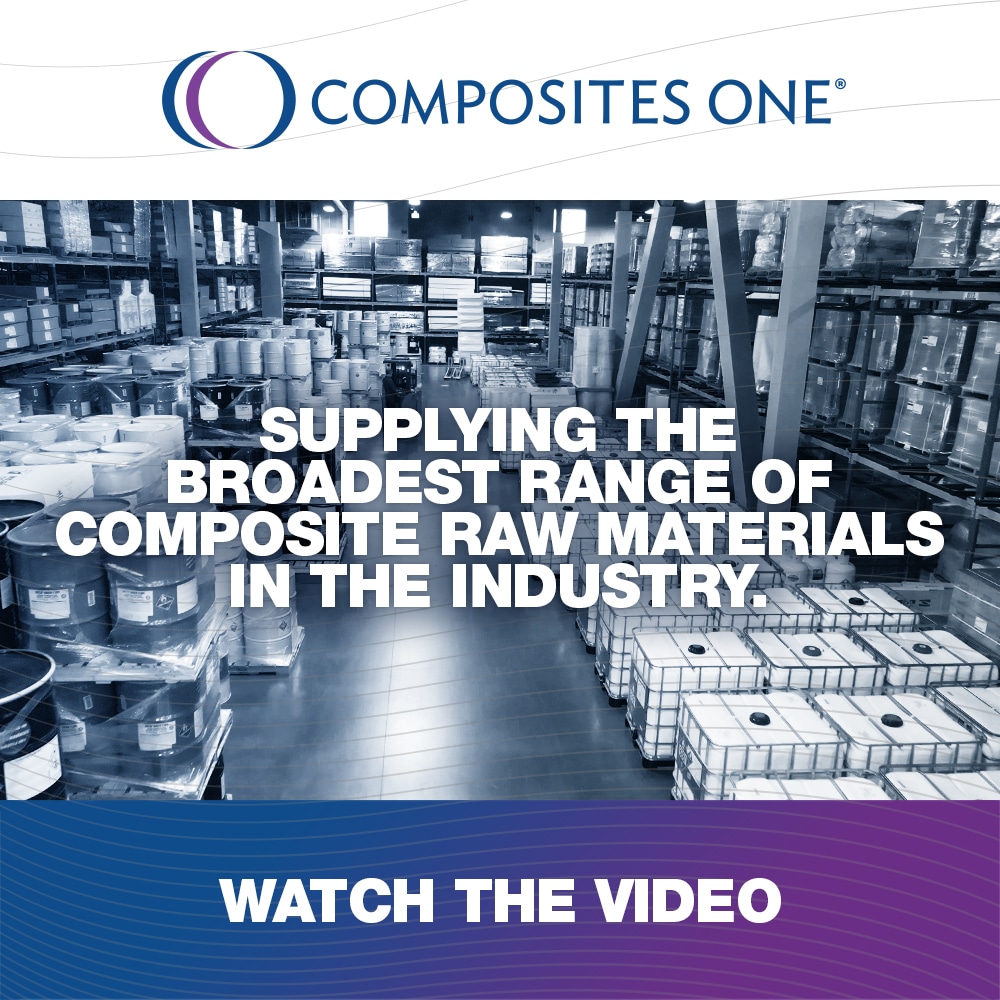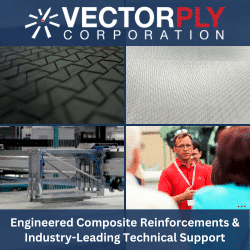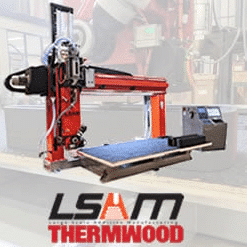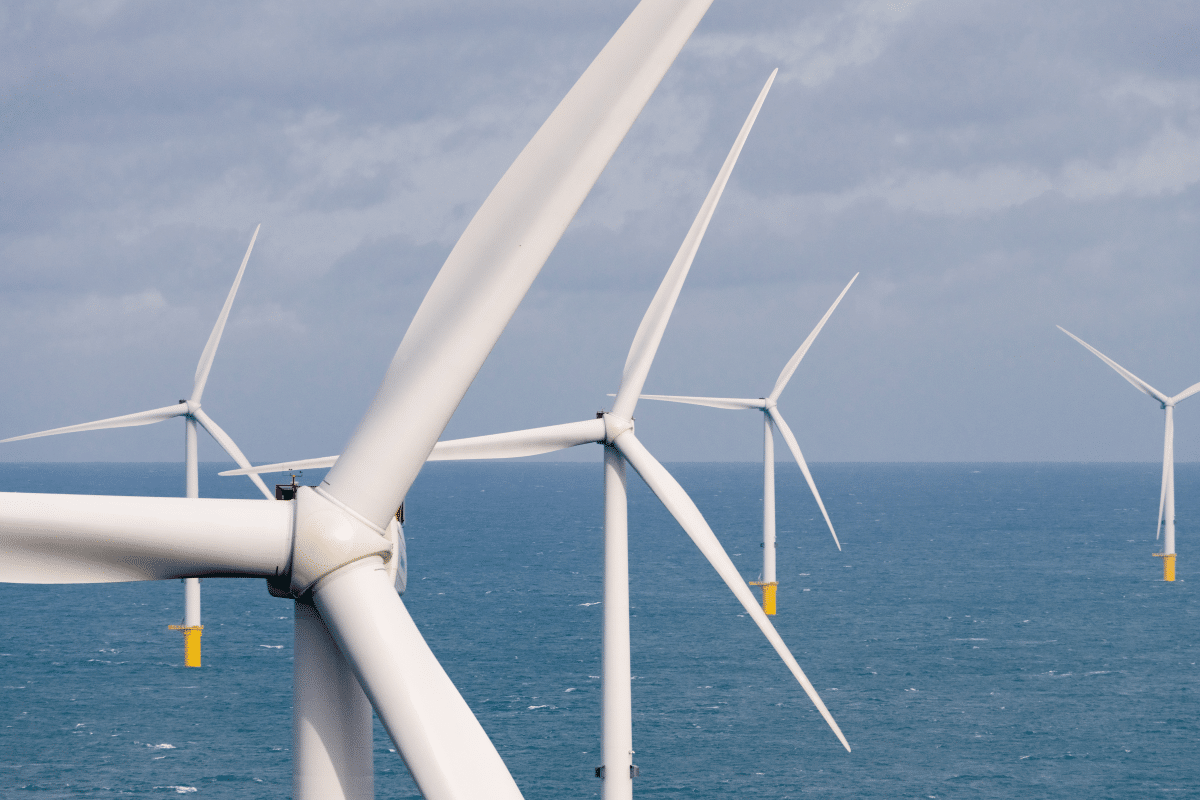

Insights from the Greenbuild Conference
The Greenbuild International Conference & Expo, held Nov. 12 – 15, 2024, in Philadelphia, provided valuable insights for composites manufacturers navigating the growing focus on sustainable construction. Key topics included reducing embodied carbon, the importance of environmental product declarations (EPDs) and updates on LEED v5 and its implications for green buildings.
Embodied Carbon Reduction
The conference underscored the urgent need to address the embodied carbon of construction materials, which contributes approximately 15% of global greenhouse gas emissions. The Environmental Protection Agency (EPA) and industry leaders emphasized focusing on the production phase (A1 – A3 stages) to achieve meaningful reductions, given the availability of data and the significant emissions during this phase.
The EPA’s Labeling Program for Substantially Lower Embodied Carbon Construction Materials was a key topic of discussion. This program aims to facilitate federal procurement of materials with low embodied carbon and establish consistency through tiered labeling. While the initial focus is on materials like steel, concrete, asphalt and flat glass, composites manufacturers should be aware of this program, as it may expand to include composites in the future.
The Role of EPDs in Sustainable Construction
EPDs play a critical role in sustainable building practices by providing transparent information about the environmental impact of construction materials. Manufacturers are increasingly expected to develop product-specific EPDs based on product category rules to ensure consistent and reliable data.
The challenges of creating EPDs – such as time commitment, data collection and the need for supply chain specificity – can be significant. However, tools, grants and technical assistance are becoming more accessible. For instance, the EPA offers advisory services and online tools to support EPD development. Additionally, ACMA's LCA+EPD generator program, launching early this year, will streamline the EPD development process, making it easier for composites manufacturers to produce transparent and accurate EPDs.
LEED v5 and Opportunities for Composite Materials
The latest iteration of LEED, version 5, places a stronger emphasis on carbon reduction across the building lifecycle. This shift makes LEED v5 a crucial certification for projects aiming to meet sustainability goals. For composites manufacturers, pursuing LEED v5 credits offers an opportunity to highlight the environmental advantages of composite materials, positioning them as a preferred choice in green building projects. Key features of LEED v5 include:
- Mandatory Life Cycle Assessments (LCAs): All LEED-certified buildings must assess embodied carbon.
- Material-Specific Carbon Limits: Points are awarded for reducing embodied carbon by 20% or more.
- Credits for Reuse and Salvage: This emphasizes the importance of materials that are durable, adaptable and can be designed for reuse in modular applications.
- Multi-Attribute Product Credits: Recognizing materials that contribute to social equity, circularity and ecosystem health.
Whole Life Carbon Tools and Emerging Trends
Another highlight of the conference was the development of whole life carbon tools that help manufacturers and project teams consider carbon impacts from production to end-of-life. Tools like C Scale’s EPIC give users the ability to model scenarios, optimize materials and make strategic decisions early in the design process.
Composites manufacturers should expect increasing demand for these tools and their integration into product design processes. This shift toward real-time data and predictive modeling is changing how we approach sustainability, moving from looking back at past impacts to planning ahead with proactive strategies.
Navigating Policy and Market Demands
Policies such as Buy Clean initiatives are pushing materials to meet strict global warming potential limits. States including California, Colorado and Washington are leading the way, increasing demand for EPDs and low-carbon materials. For composites manufacturers, staying compliant with these policies is important for meeting the expectations of the public and private sectors.
Additionally, manufacturers must address the increasing call for transparency and precision in LCAs. The next generation of EPDs will require reporting on supply chain-specific data, functional performance and uncertainty measures. Adopting these advancements will ensure composites remain competitive in a market transitioning toward net-zero goals.
Looking Ahead The Greenbuild Conference showed that sustainability is the way forward. For composites manufacturers, there's a great opportunity to develop EPDs and pay attention to LEED v5 as the industry moves toward greener construction. By focusing on EPDs and green building certifications, composites manufacturers can stay competitive in the evolving market.

SUBSCRIBE TO CM MAGAZINE
Composites Manufacturing Magazine is the official publication of the American Composites Manufacturers Association. Subscribe to get a free annual subscription to Composites Manufacturing Magazine and receive composites industry insights you can’t get anywhere else.




